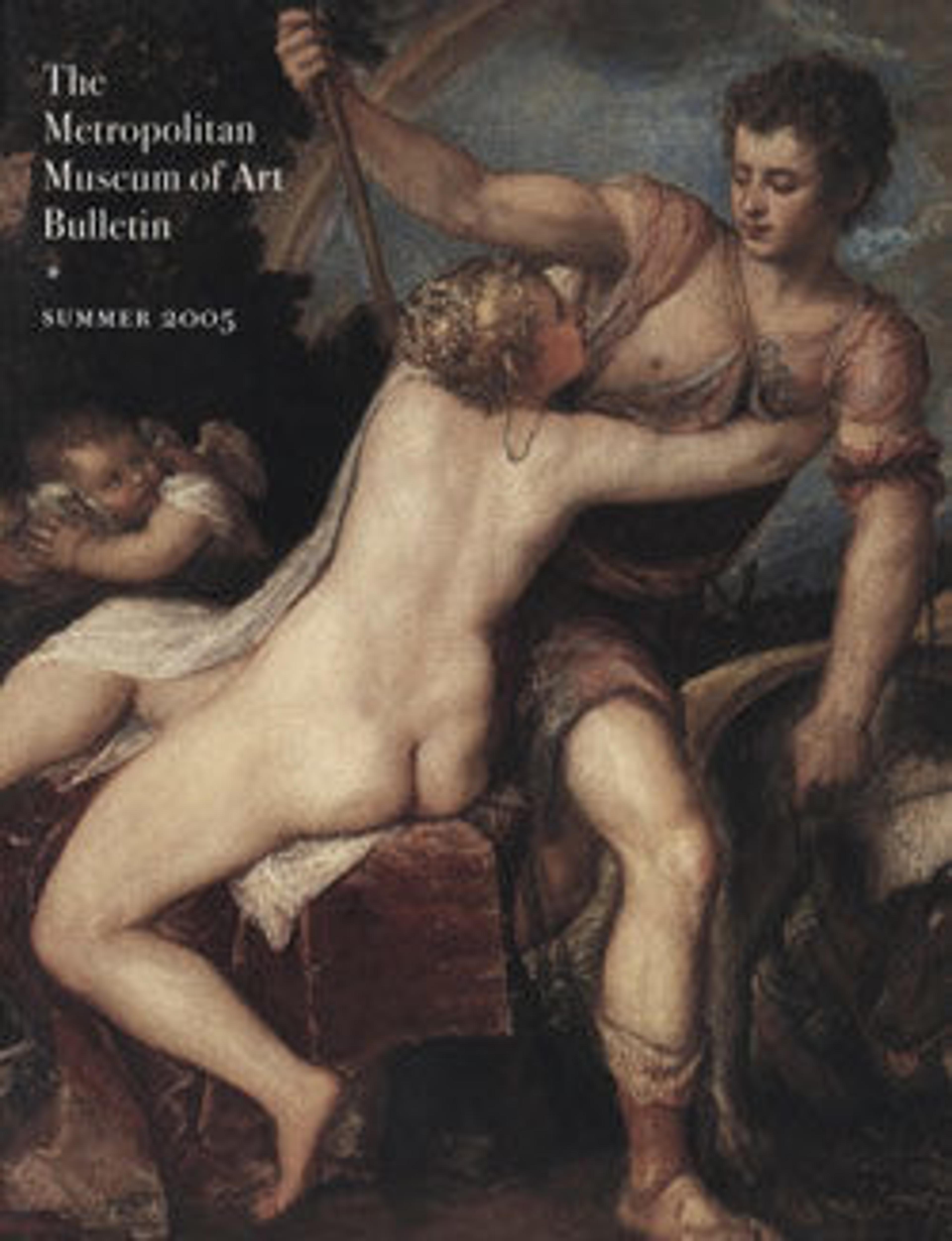Madonna and Child with Saints and Donors
This fine painting, with its rich colors and the soft, tonal modeling of the flesh tones, was most likely painted by the young Sebastiano del Piombo. A contemporary of Titian and almost his equal in talent, Sebastiano was an important presence in Venice before his departure for Rome in 1510. If this painting is by him it must be one of his earliest, as the composition is slightly awkward, and although many details are close to those of his later, certain works, it lacks their sophistication.
Artwork Details
- Title: Madonna and Child with Saints and Donors
- Artist: Attributed to Sebastiano del Piombo (Italian, Venice (?) 1485/86–1547 Rome)
- Medium: Oil on wood
- Dimensions: Overall 26 1/2 x 40 1/2 in. (67.3 x 102.9 cm); painted surface 26 x 39 3/4 in. (66 x 101 cm)
- Classification: Paintings
- Credit Line: Bequest of Josephine Bieber, in memory of her husband, Siegfried Bieber, 1970
- Object Number: 1973.155.5
- Curatorial Department: European Paintings
More Artwork
Research Resources
The Met provides unparalleled resources for research and welcomes an international community of students and scholars. The Met's Open Access API is where creators and researchers can connect to the The Met collection. Open Access data and public domain images are available for unrestricted commercial and noncommercial use without permission or fee.
To request images under copyright and other restrictions, please use this Image Request form.
Feedback
We continue to research and examine historical and cultural context for objects in The Met collection. If you have comments or questions about this object record, please contact us using the form below. The Museum looks forward to receiving your comments.
